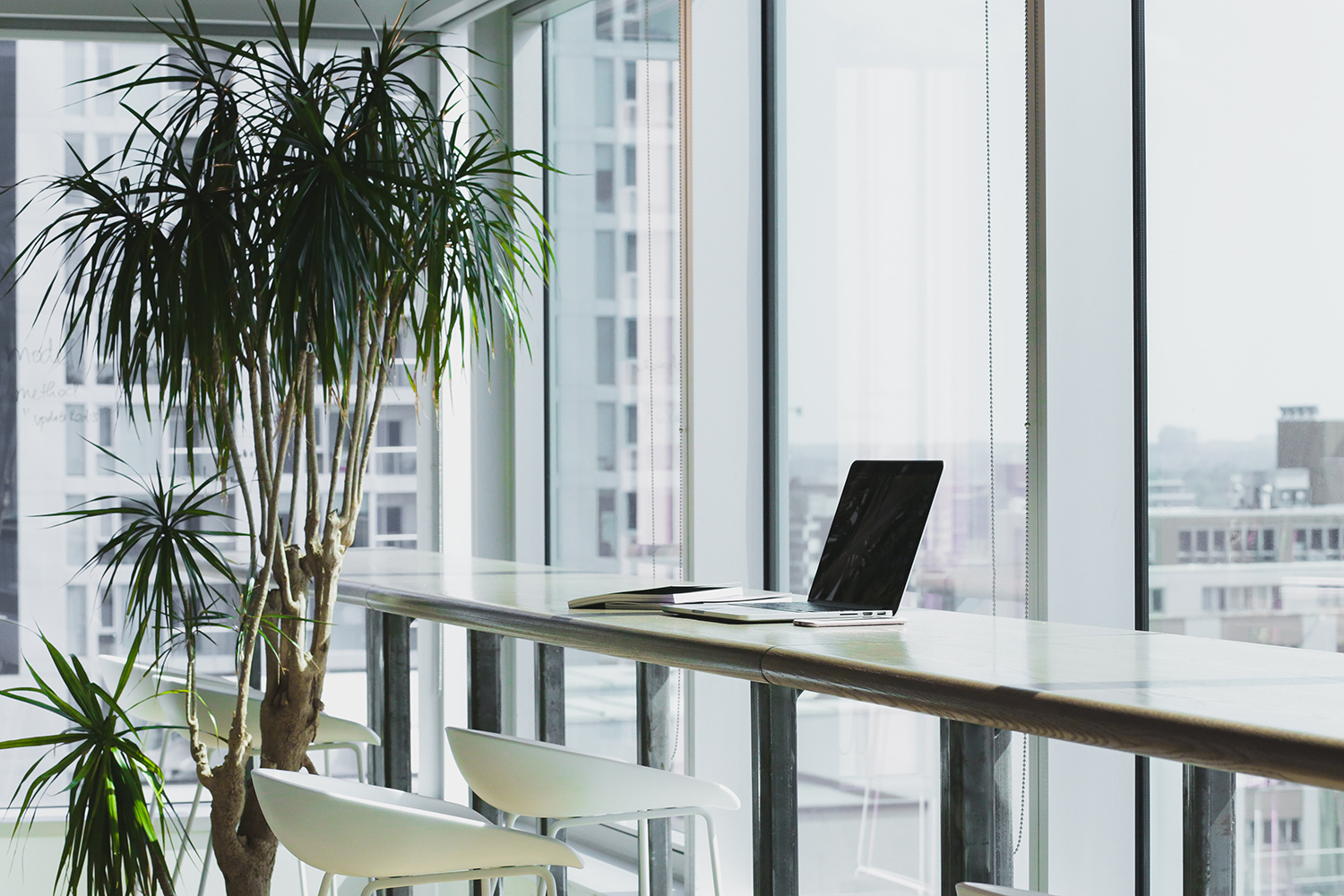The risk of surface to hand contamination from unclean surfaces is very real.
“6 Ways to Optimise Cleaning for Wellbeing and Productivity” looks at the role cleaning plays in wellbeing and productivity in the workplace.

Up to 60 Days – that is how long common germs can survive on inanimate surfaces in buildings
6 ways to optimize cleaning for wellbeing and productivity looks at the role cleaning plays in wellbeing and productivity in the workplace. eloped around three core areas; Healthy Surfaces, Healthy Air, and Healthy Hands the paper looks at the risks and strategies that commercial cleaning companies, like GJK Facility Services, employ to optimize workplace wellbeing and productivity.
HEALTHY SURFACES
Surfaces that are frequently touched by multiple hands, especially in areas at high risk of being contaminated such as entry areas and washrooms, are called high touchpoints.
Germs left on a surface from an infected person’s hand can then be spread to others who touch the same surface. These people become infected when they touch their mouth, nose, eyes, or food without washing their hands first. Keeping high touch surfaces healthy, reducing the risk of spreading germs, means cleaning them regularly and correctly.
However, keeping surfaces that people touch healthy, means also considering the chemical used for cleaning. The hazardous nature of residual chemicals can cause skin reactions, irritation, or even burns.
High touchpoint cleaning and chemical minimization are the two strategies the whitepaper discusses in detail to ensure healthy surfaces. The following is a summary.
Strategy #1 – High touchpoint cleaning
Having rigorous and effective protocols for cleaning high touchpoints is essential for keeping people safe while in communal spaces and giving them the confidence to return. The protocols should incorporate a touchpoint list, schedules, procedures, disinfectants, training, and monitoring.
However, workplace wellbeing and productivity cannot be achieved through good intentions alone. You should be verifying the high touchpoint cleaning protocols can achieve healthy building surfaces by:
- Validating the disinfectants being used – are they TGA approved?
- Completion checks – capturing a time when last cleaned
- ATP testing – measuring the level of residual contamination on a cleaned surface
Strategy #2 – Chemical Minimisation
Keeping surfaces with direct skin contact healthy also means considering the chemical used for cleaning. The hazardous nature of residual chemicals can cause skin reactions, irritation, or even burns.
While disinfectants are not applied directly to our skin, secondary health risks are being created via skin contact with the disinfected surface. In other words, you may be replacing the risk of exposure to germs, with the risk of exposure to hazardous chemicals.
This risk is heightened when residual hazardous disinfectants are left on high-touch surfaces such as desks, tables, or toilet seats, and when disinfectants are overused or incorrectly diluted.
A risk-assessment of disinfectants, and chemical minimisation strategies should be implemented to ensure touched surfaces are free of residual hazardous chemicals, as well as germs.
Verification is again necessary to ensure chemicals stored for use on touched surfaces remain clean and safe.
You can read the full whitepaper here.
And if you’re looking for a commercial office cleaning service, get in touch with us at GJK Facility Services today!
